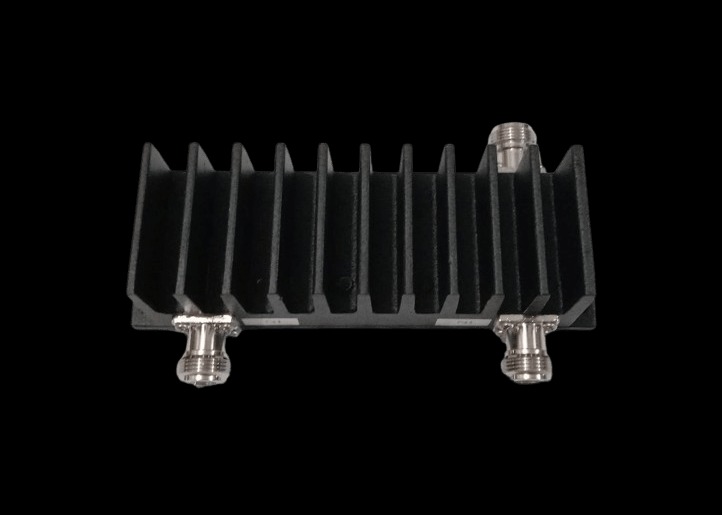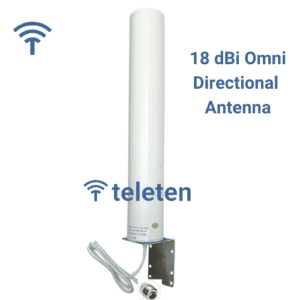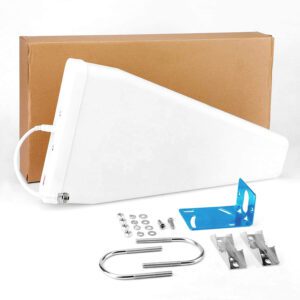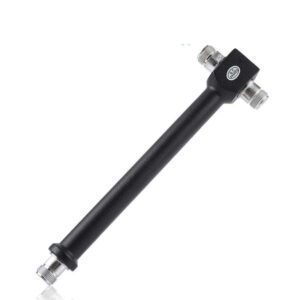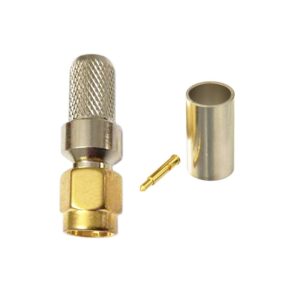Frequency Range: 698 MHz to 2700 MHz
This range covers several important communication bands, including those used in cellular networks, Wi-Fi, and other RF applications.
Configuration: 2-to-1
The combiner has two input ports and one output port. It combines the signals from the two inputs into a single output.
Insertion Loss: Typically 0.5 dB to 1.5 dB
Insertion loss measures the amount of signal power lost when the combiner is inserted into the signal path. Lower insertion loss values are preferred to minimize signal attenuation.
Isolation: Typically 20 dB to 30 dB
Isolation indicates how well the combiner separates signals between different ports. Higher isolation values are desirable for reducing interference between input signals.
Return Loss: Typically 15 dB to 20 dB
Return loss measures how well the combiner matches the impedance of the transmission lines. Higher return loss values signify better impedance matching and less reflected signal.
Power Handling: Typically 10 W to 50 W
This specifies the maximum power the combiner can handle without sustaining damage. The exact rating will depend on the design and construction of the combiner.
Spurious Signal Suppression: -130 dBc
This indicates that unwanted spurious signals or harmonics are suppressed by at least 130 dB relative to the primary signal. This ensures minimal interference from out-of-band signals and high signal purity.
Connector Type: Various options
Connectors can be N-type, SMA, or other RF connectors depending on the model and manufacturer.
Construction: Typically constructed from high-quality materials such as aluminum or brass with dielectric materials like PTFE (Teflon)
The choice of materials affects the combiner’s performance, durability, and frequency response.
Dimensions: Varies by model
The size and form factor of the combiner will depend on its specific design and manufacturer. Ensure it fits within the physical constraints of your system.
Environmental Conditions:
Temperature Range: Typically from -40°C to +85°C
Humidity: Generally up to 95% non-condensing
Key Considerations:
Signal Combining: Ensure the combiner meets your needs for combining signals. Key performance metrics include insertion loss, isolation, and spurious signal suppression, which impact overall signal integrity.
Spurious Signal Suppression: The -130 dBc specification indicates very high performance in terms of suppressing out-of-band signals and harmonics, which is important for maintaining signal purity.
Application Suitability: This combiner is suitable for applications that require combining signals from multiple sources while ensuring high signal purity and minimal interference, such as in communication systems, signal processing, and broadcast setups.

